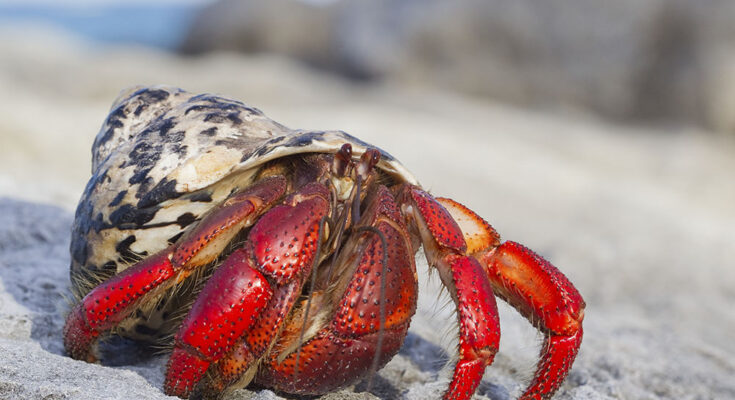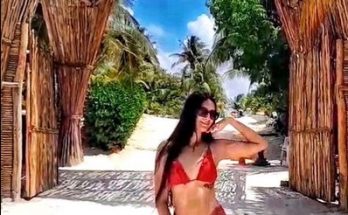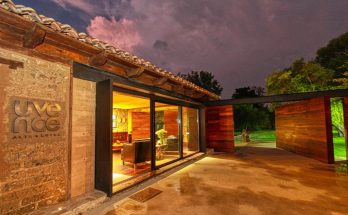The Reserve is situated on the Yucatan Peninsula, which is an area of limestone bedrock with very little change in elevation and no real surface rivers.
Sian Ka’an
About two and a half hours south of Cancun is the Sian Ka’an nature reserve, Mexico’s largest protected area and a UNESCO-designated World Heritage Site. Here visitors can appreciate the region’s varied wildlife while boating or even floating in clear, winding canals.
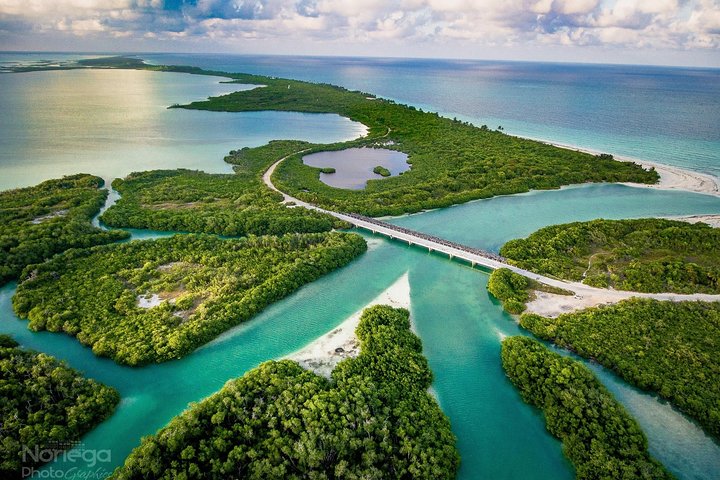
Covering more than one million acres, the reserve is composed equally of semi-evergreen tropical forest, wetland, savanna and marine habitats. Not surprisingly, the varied landscape is home to an abundance of birds and animals.
What’s more, the remnants of some 27 Mayan sites, including one building which may have served as a customs check point for traders transporting goods via the canals, have been found on the reserve.
Coral Reef
The boundaries of the Sian Ka’an Biosphere Reserve include 110km of the second largest barrier reef in the world, which extends onward past Belize and Honduras.
The reef is home to many important and several endangered species. Uncontrolled development along the Caribbean coast of Mexico has placed the reef in grave danger, as it is easily damaged and not so easily restored.
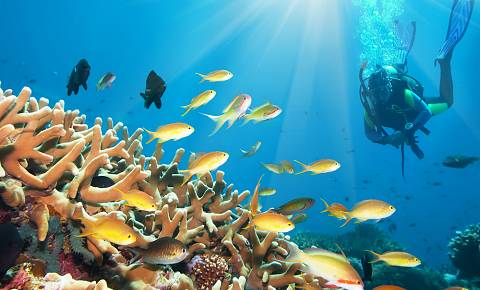
Beaches
The beaches of Sian Ka’an constitute a very important habitat and nesting grounds for many species of wildlife, as well as serving as an important transition between land and ocean.
Most notably during the months of May through August, the beach is a nesting ground for 4 endangered sea turtle species that have lost important nesting sites along many parts of the Caribbean coast.
Dunes
The coastal dune is an important protector of inland habitats, especially during storms. Coastal vegetation includes Coccoloba uvifera, Tournefortia gnaphalodes,
Suriana maritima, Sesuvium portalacastrum, Ambrosia hispida, Ipomoea and many other species. (For a more complete list, refer to flora link).
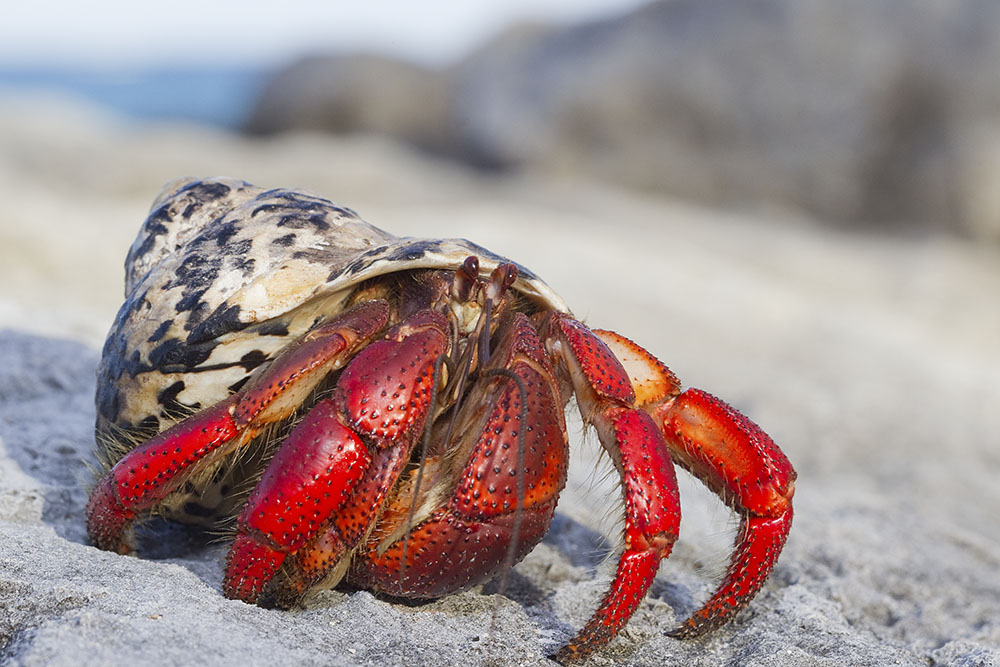
Wetlands
Mangroves, savannas, swamps and marshes are all included within the classification of “wetland”. Water plays a vital role in the existence of each of these habitats, whether it be fresh, salty, or brackish.
Wetlands line the coast of Sian Ka’an, playing an important protective role as a type of buffer between the ocean and the land that can absorb the impact of storms. Wetland areas contain immense biological diversity and are home to a number of endangered species. Evident in all inundated wetlands is a conglomeration of algae known as periphyton that is believed to play an important role in the dissolution of calciferous soils, as well as being an invaluable source of food for many species of fish, mollusks, and insects.
Mangroves
Four species of mangrove line the coastal areas of Sian Ka’an. The mangrove communities are critical for the survival of many species of fish, birds, insects, reptiles, and other plants. Many species of mangrove filter contaminated water and trap loosened sediment, making them protectors of the coral reef and other littoral habitats.
The mangrove species found within Sian Ka’an are Rhizophora mangle (red mangrove), Avicennia germinans (black mangrove), Laguncularia racemosa (white mangrove), and Conocarpus erectus (buttonwood mangrove).

Savannas
Coastal savannas are large areas of low-lying land with sparse, oxygen-poor soil that is inundated throughout much of the year.
As few tree species have adapted to these conditions, savannas are dominated by species of grass, reeds, and rushes that rarely exceed three meters in height. Inland savannas contain shrubs and occasional trees in addition to grass, are drier and have a lower salinity. These environments are in danger of natural fires during the dry season.
Cenotes or Sink holes
Fresh water contained in the Yucatan’s underground aquifer carves away at the limestone above, weakening it and eventually causing it to give way. The result of this phenomenon is a unique habitat known as a cenote or sink hole.
Many cenotes remain connected with the aquifer and with other cenotes through underground passageways. Occasionally, however, cenotes are found to be completely isolated from other bodies of water and may contain fish and other wildlife that have evolved over time into completely distinct species.
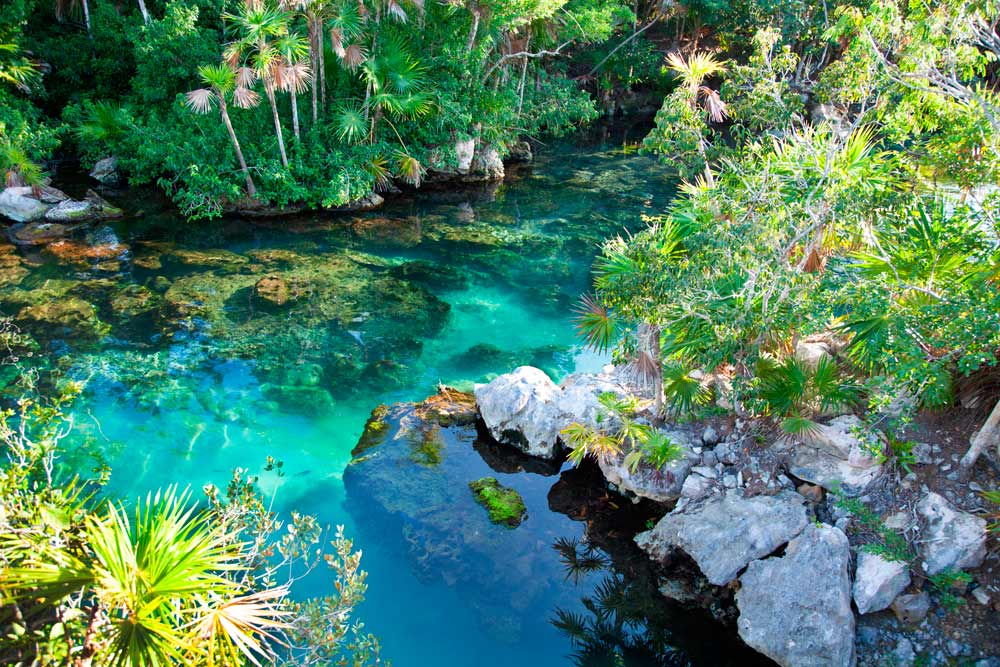
Hummocks
Petenes, or hummocks, are isolated areas of forest from several meters to several kilometers in diameter that are surrounded by swamps or inundated savanna land.
These formations are found only in Cuba, the Florida Everglades, and the Yucatan Peninsula. There is often a cenote at the center of the hummock, which is surrounded by concentric circles of vegetation, from hardwood trees to grasses and rushes. Common species include cedar, mahogany, and zapote in the center ring, which are surrounded by various palm trees and the poisonwood tree, and eventually mangrove, rushes, and grasses. Many species of fauna live in hummocks, from insects to reptiles, mammals, and birds.
Tasistales
A tasistal is a concentrated strip found within savanna land that contains the tasiste palm (Acoellorraphe wrightii), the grass Cladium jamaicensis, and occasionally other plant species such as poisonwood (Metopium brownei), buttonwood mangrove (Conocarpus erectus), and cocoplum (Chrysalobanus icaco). The tasiste palm is extremely fire-resistant, and will survive natural fires that often strike savanna.
Fresh water lagoons
The fresh water lagoons of Sian Ka’an are supplied with fresh water from the subterranean aquifer by small springs or cenotes.
Found mostly inland, the fresh water filters toward the ocean in channels or through the surrounding wetlands. The lagoons are home to a number of species of fish and vegetation not found in the coastal areas.
Brackish water lagoons
Ocean water and fresh water from inland and the aquifer meet and mingle in the brackish water lagoons along the coast of Sian Ka’an.
These lagoons are lined with salt tolerant mangrove and grass species which provide a home to fish and mollusk species that make the area an attractive nesting ground for wading birds and residence of two crocodile species, Crocodylus moreletii and C. acutus.
Low tropical forest
Many of the mammal species found within Sian Ka’an reside within the low tropical forest land which is located in the westerly portions of the reserve.
The forests contain many hardwood species, including chechem, chicozapote, mahogany, tsalam, and other valued hardwoods. The environmental importance of these areas is increased by the international demand for hardwood that is pressuring many countries in the neotropics.
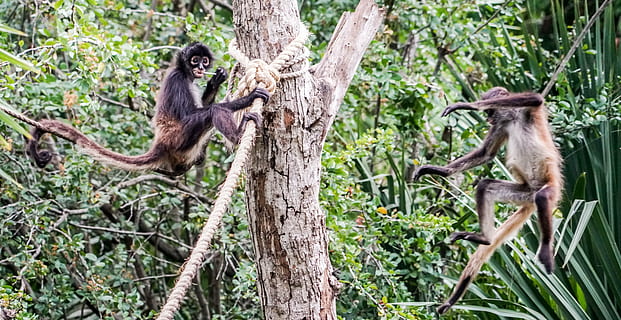
Conclusion
Sian Ka’an is the largest ecological reserve in the Riviera Maya, very close to Tulum and of course, if you want to know how to get there, we invite you to visit the Cancun Airport Transportartion page, a page that talks about the processes to get to any point from Cancun.

